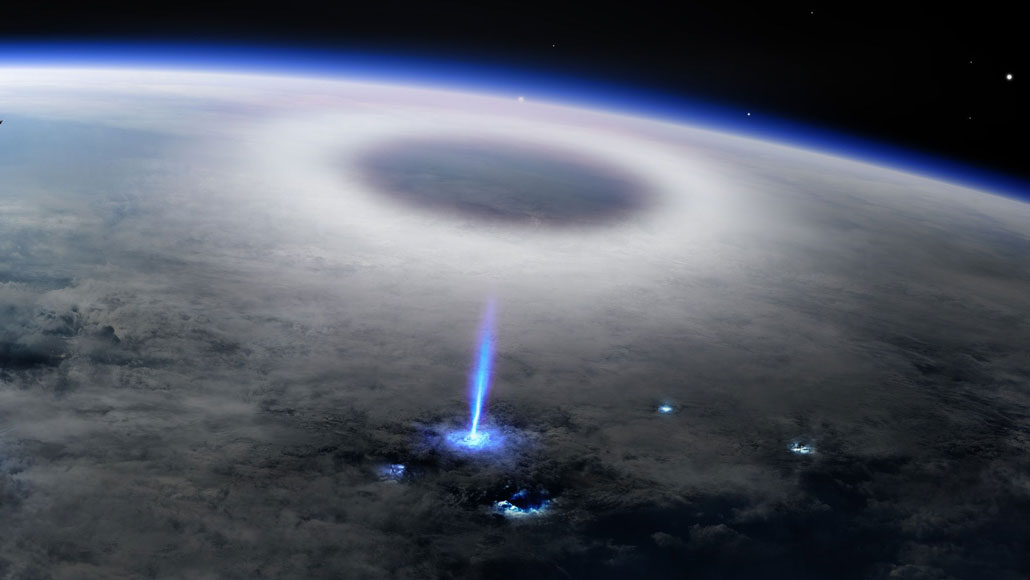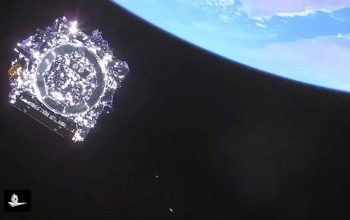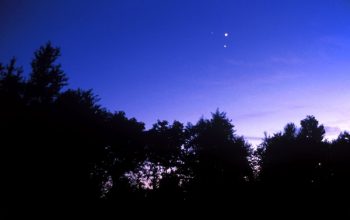
Scientists finally detected the mysterious type of lightning known as a blue jet from space.
On January 20th, 2021, researchers announced in Nature that the Atmosphere-Space Interactions Monitor (ASIM) observatory on the International Space Station captured a blue jet near the top of a thundercloud from space. Using cameras and photometers (which measure across ultraviolet to infrared light along the electromagnetic spectrum), the ASIM detected the jet in a storm over the Pacific Ocean in February 2019. Within 10 microseconds, the jet travelled approximately 52 kilometers high from its origin of 16 kilometers above the Earth’s surface.
Scientists have observed blue jets from the ground and aircraft for years, but had yet to capture these magnificent bursts of electricity from space, where they can be better studied.

Excited stratospheric nitrogen produces the iconic blue hue to the bolts that distinguishes it from the lightning we typically see in the lower atmosphere.
Color alone may not be the only thing that makes blue jets different. Researchers believe that the original spark that sets-off the blue jet may be the result of a special electric discharge inside a cloud.
Normal lightning results from a massive spark of electricity between clouds, the air, or the ground and originates in the Troposphere. Air acts as an insulator to prevent a reaction between the opposite charges within clouds. When the insulating capacity of air breaks down against the escalating opposite charges, the clouds release a rapid discharge of electricity, creating lightning. It typically ceases rapidly because the lightning equalizes the oppositely charged regions.
Typically these charged regions remain many kilometers apart. However, blue jets may result from these regions being separated by a mere kilometer.
The high-energy, short-range blue jets can disrupt communication technologies, so it’s important that our understanding of these electric phenomena continues to improve with research.
Keep looking up, you never know, you may see one of these rare bolts of lightning!
– Julia
References: ScienceNews , The National Severe Storms Laboratory, ScienceAlert


